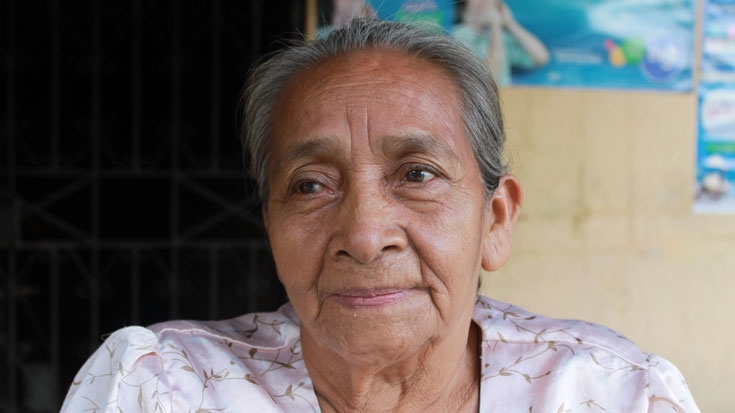Challenge
Tax revenues in El Salvador are among the lowest in Latin America and the Caribbean, and they are not sufficient to finance needed social spending. The fiscal reforms implemented since 2000 contributed to raising tax revenues from 10% of GDP in 2000 to 13.6% in 2007. However the global financial crisis and the slowdown in economic activity reversed these gains. In 2009, revenues fell to 12.6% of GDP.
Solution
In its efforts to restore the pre-crisis positive trend in tax revenues, the World Bank funded Public Finance and Social Progress Development Policy Loan supported the Government’s efforts (i) to increase tax revenues through tax administration actions and fiscal reform, (ii) to improve the efficiency in spending allocation and resource management, (iii) to increase monitoring and accountability, and (iv) to strengthen the agencies that have tax collection responsibilities. These reforms were expected to increase efficiency by reducing tax collection cost, and expand the tax base by reducing costs and facilitating tax payment.
The Public Finance and Social Progress project supported key elements of the Government’s reform program aimed at creating fiscal space for needed social expenditure and protecting and including vulnerable segments of the population such as the elderly, women, and children.
Reforms included:
- Improved efficiency in tax collection.
- Expanded tax base through a reduction in the number of income tax returns filed.
- Increased share of payments to the Government made through the national electronic platform.
- Increased tax revenues as a percent of GDP through tax administration measures and fiscal reform.
- Improved efficiency, transparency and accountability in the allocation of public resources by using framework agreements to purchase commonly used goods and services, and by not making payments to awarded contracts, unless the business opportunity is published in the e-procurement system in due time.
- Protected vulnerable groups (i) by creating in each region at least one functioning consulting committee for monitoring progress on gender equity and one functioning window for information on women's rights, (ii) by transferring cash to at least 80% of the targeted elderly individuals in the 52 poorest rural municipalities, and (iii) by allowing at least 2,000 primary and secondary students to attend school full time.
Results
Six of ten expected outcome indicators were fully achieved and one was partially achieved. By the beginning of 2013, the operation helped to support improvements in the following key outcomes:
- Payments made to the Government through the platform for electronic payments, P@GOES, was 30.1%. This result surpassed the target in terms of percentage of total payments to the Government.
- The tax revenue as a percent of GDP increased by 1.2 percentage points, with respect to the baseline average of 13.3% for 2006-2008.
- Transparency over public resources management was significantly improved with the publication of the results and conditions for all public contracts.
- There were 14 functioning consulting committees monitoring progress in gender equality in the public sector, and 11 regions of the country had at least one functioning information window on women’s rights.
- 80% of the elderly individuals in 75 rural municipalities (including the 52 poorest) receive cash transfers. The cash transfer program was not extended to urban municipalities.
- Around 10,356 students were studying under the extended-day modality and approximately 16,968 students were studying under indirect modality, in 53 full-day inclusive schools, surpassing the target.
- Net tax revenues to GDP were 14.4%, an improvement compared to the average of 13.3% of GDP for 2006-2008, but not sufficient to meet the target due to external and internal conditions that lowered economic activity.

